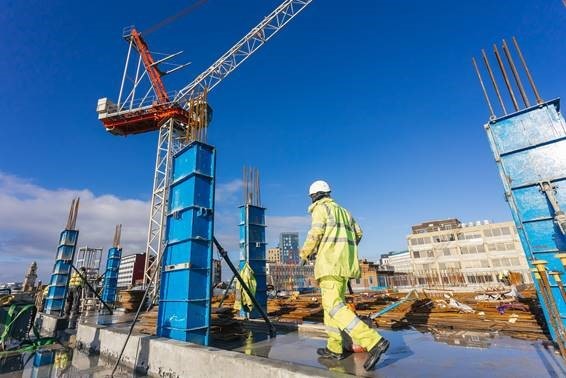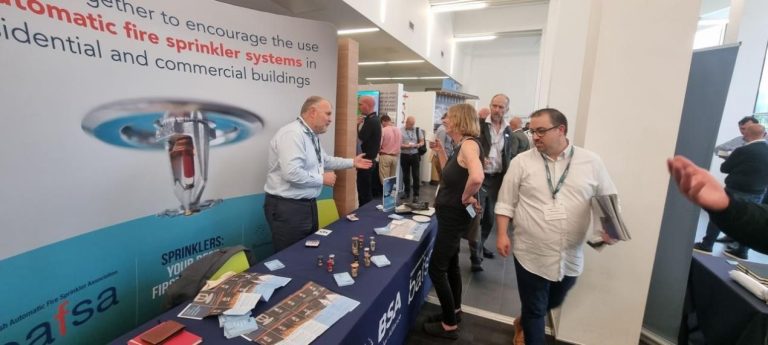The construction industry is one of the largest sectors of the UK economy, employing around 3 million people and building the foundations of the future with new homes, factories, offices, schools, hospitals, transport networks and energy infrastructures. There are consistently innovative and exciting developments taking place within the industry, much of which is underpinned by research and development. Anything can happen during a construction project, with R&D in this sector all about overcoming problems on site, the innovative use of products or processes to deal with unforeseen difficulties and adapting existing techniques to solve site specific problems. The HMRC Research and Development Tax Scheme was created to encourage business innovation and stimulate the economy through supporting firms to bring new products and services to market. Yet, due to time constraints, lack of awareness and doubts around eligibility or the legitimacy of the incentive, there are thousands of building and construction companies not currently taking part in the scheme. The impact of the COVID-19 pandemic was clearly felt in the sector, with the combination of projects having to be temporarily paused, social distancing and supply chain challenges leading to a decrease in the number of claims submitted last year, along with a 14% decrease in SME claim values, which averaged out at €53,962 per claim. There were 6,365 construction R&D SME claims in 2022, representing 8.07% of the total 78,825 claims. The value of the claims across the construction sector amounted to 7.01% of the whole, approximately €343 million of a whopping €4.89bn total paid out across all sectors. Research and Development Specialists Ltd (RDS), are experts in helping companies to navigate the HMRC scheme. Mark Joyner, MD of RDS, is on a mission to demystify R&D in a bid to reach firms in the construction sector that could benefit from a cash influx of potentially thousands of pounds. “We’ve previously had great success within the construction industry, recovering over £2 million solely for our portfolio of clients in the construction industry, which includes major players such as Walshaw Building Ltd. “Construction is an industry that is constantly evolving and innovating, and that is exactly what this scheme has been created for. If I were to say to you, I’ll give you £46,347, I’m sure there would be lots of things that, as a business owner, you could do with that money. That figure represents the average amount of a successful claim through the HMRC R&D Tax Incentive last year. It is not a scam or a way to play the system, yet for many reasons, eligible companies are not claiming the money to which they are entitled. “A lot of people think it sounds too good to be true, some are time poor and don’t have the time to investigate the scheme properly and some are just unaware that it even exists. At RDS we simplify the process and take a lot of the leg work away from busy accountants, senior teams or business owners. “Something that sets us apart is that we’re completely transparent and we give our clients full sign off for a claim at various stages of the process. We hand over the final submission to the in-house team so that they know the full figure they’re claiming for, and our costs are recovered only when a successful claim is submitted, approved, and credited. For us, building trust and working in partnership is the most important part of the process.” What is R&D in Construction? Research and development tax credits are a valuable government incentive that rewards UK businesses for investing in innovation and a powerful source of funding for construction businesses looking to grow and develop new products, services, procedures, and internal systems. Qualifying R&D for the construction industry includes: Any UK limited construction business can claim for R&D tax relief, with different types of R&D scheme depending on whether you fit HMRC’s guide as being an SME or large company. For the SME scheme, a construction company must employ less than 500 people and have a turnover of less than £85m or a balance sheet total of less than £73m. An SME’s eligible R&D costs receive an additional 130% deduction when calculating the taxable profit. For profitable businesses, the benefit is applied as a reduction in corporation tax. If a claim is historical, the monies will be claimed back as a repayment of overpaid corporation tax. For companies operating at a loss, the R&D claim will increase the loss arising. This loss can then be set against prior and future profits of the company, or it can be turned into a cash repayment by using a process HMRC calls ‘surrender’, whereby the business takes a slightly lower benefit percentage for the ‘cash now’. An R&D claim can typically be submitted for a business’s current and previous financial year. The project must relate to construction, with the claim detailing how the project looked for an advance in science and technology, attempted to overcome an uncertainty and how the problem could not be easily worked out by a professional in the field. It is not necessary to have a finished product or service, rather proof of the research and development phase is sufficient to qualify. R&D Tax Credits are a legitimate Government-backed incentive to encourage innovation and have been operating in the UK since 2000. That said, there are intricacies, including when claiming for other tax relief incentives, as well as criteria to be met, that can make the process seem overwhelming. That is why employing a R&D specialist such as RDS can help take the headache out of making a claim. More information on R&D tax relief can be found on the Government’s website here: https://www.gov.uk/guidance/corporation-tax-research-and-development-rd-relief For more information visit https://randdspecialists.co.uk/. Building, Design & Construction Magazine | The Choice of Industry Professionals














